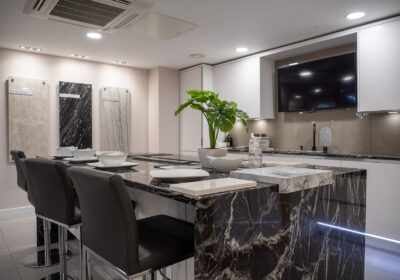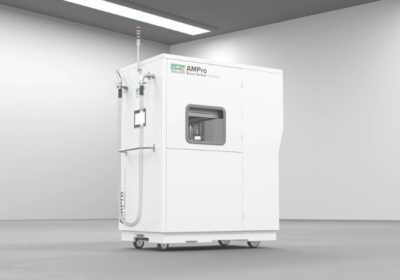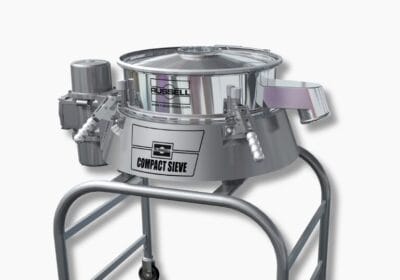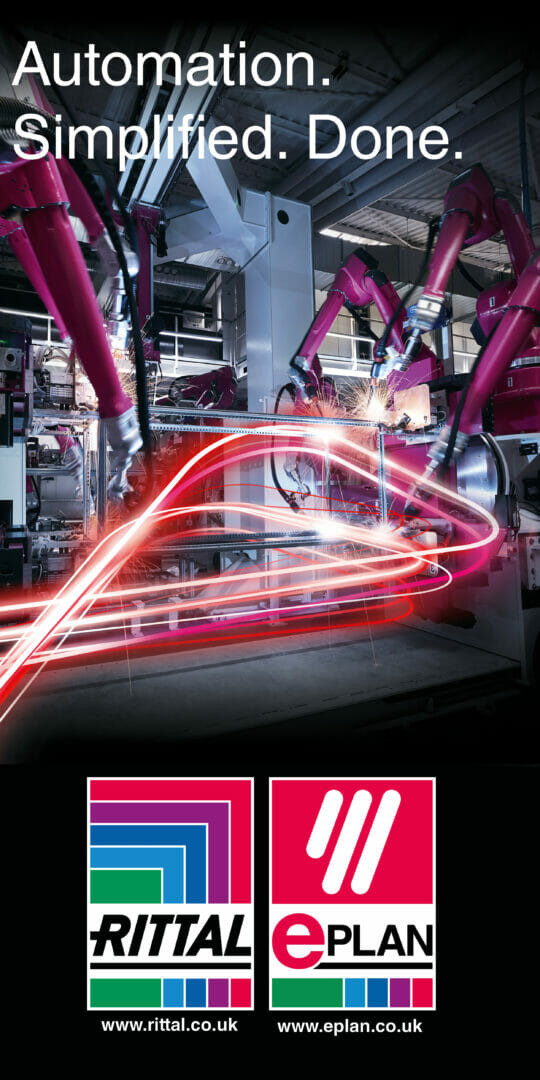The continuous development of new technologies means that laboratories are investing in increasing amounts of electronic equipment, making space within these labs more precious than ever. This busy setting, combined with the growth – and noise – produced by surrounding cities, causes a significant problem for electron microscopy, which relies on maintaining a stable environment, free from vibration and external magnetic fields. The sensitivity of electron microscopy requires areas to be surveyed meticulously before instrument set-up, to ensure that image quality will be unaffected by these external factors.
Pre-installation site surveys are performed by either an independent service provider or the equipment supplier. These surveys can uncover potential sources of interference from, for example, power cables, trains, lifts and fluorescent lighting, as well as problems in the power supply, such as large leaks down the earth wire which produce huge magnetic fields. Typically, surveys measure acoustic levels, magnetic fields and floor vibrations in X, Y and Z directions, and directly compare these values with the environmental specifications of the equipment to be installed. Where necessary, action can then be taken to alleviate any unwanted interferences, such as installing a magnetic field cancelling system.
While there are undoubtedly challenges in setting up and maintaining a stable microscopy environment, measures can be put in place to ensure these are mitigated. The key is to think ahead and engage in discussions with microscopy suppliers, site surveyors and, in the case of a new build, architects at the earliest possible opportunity. Having an experienced site surveyor with the right equipment is vital to identify common and unusual causes of interference, and to understand the magnitude of their effects. They can then advise on the best way to counteract these problems. This will allow electron microscopy to be installed in the most stable environment possible, whether it is in an existing facility or a newly set-up laboratory, ensuring the highest quality imaging is maintained.





